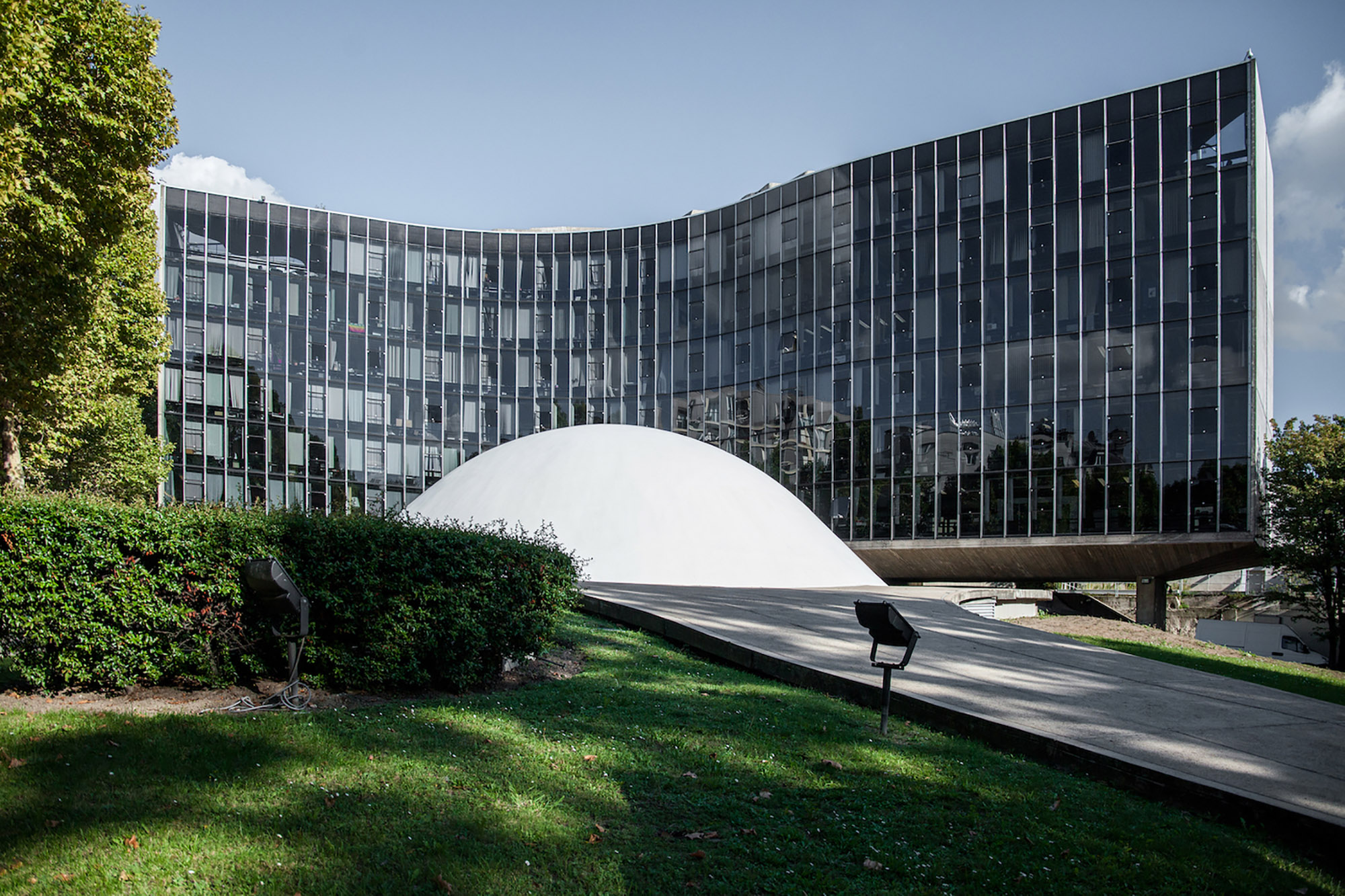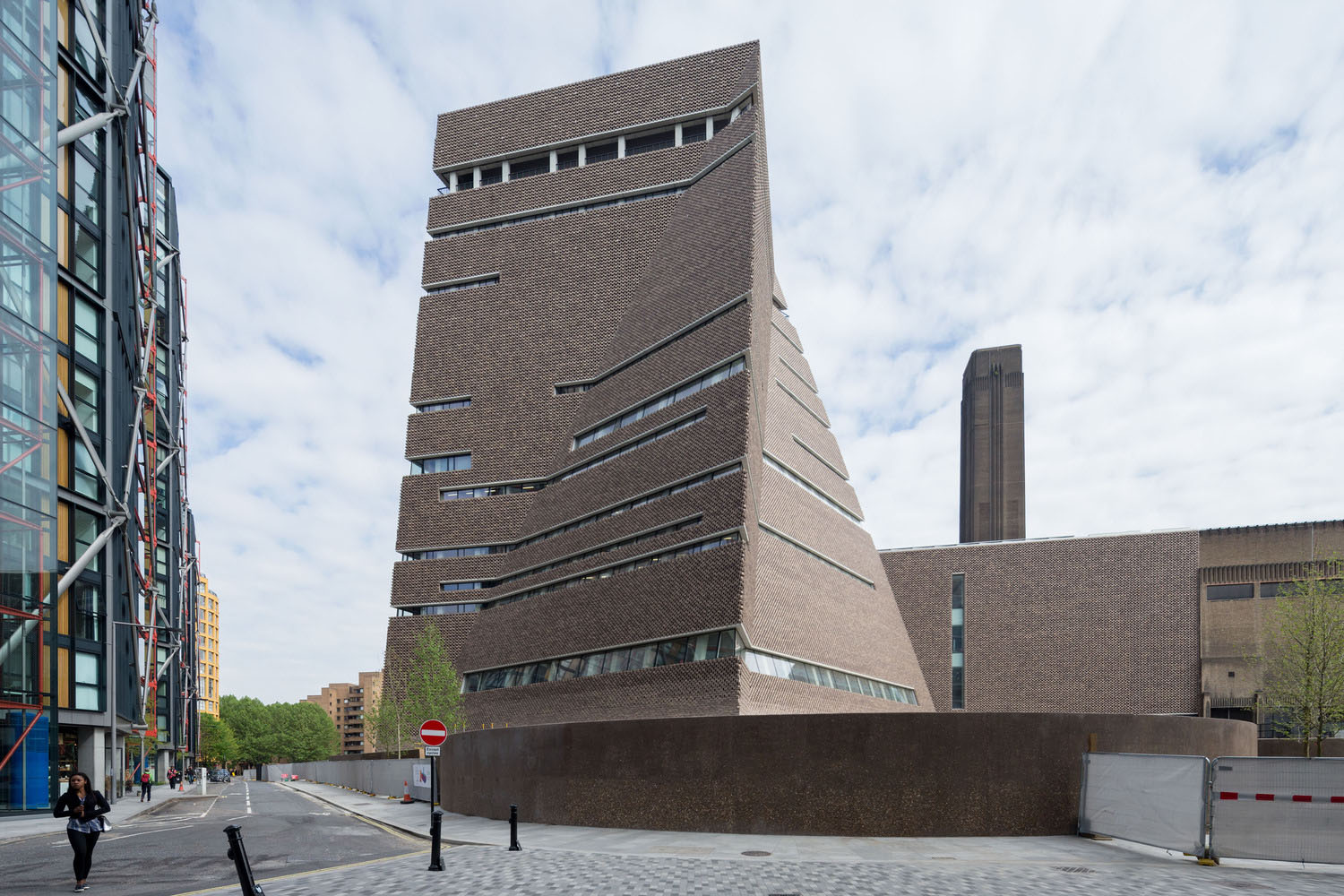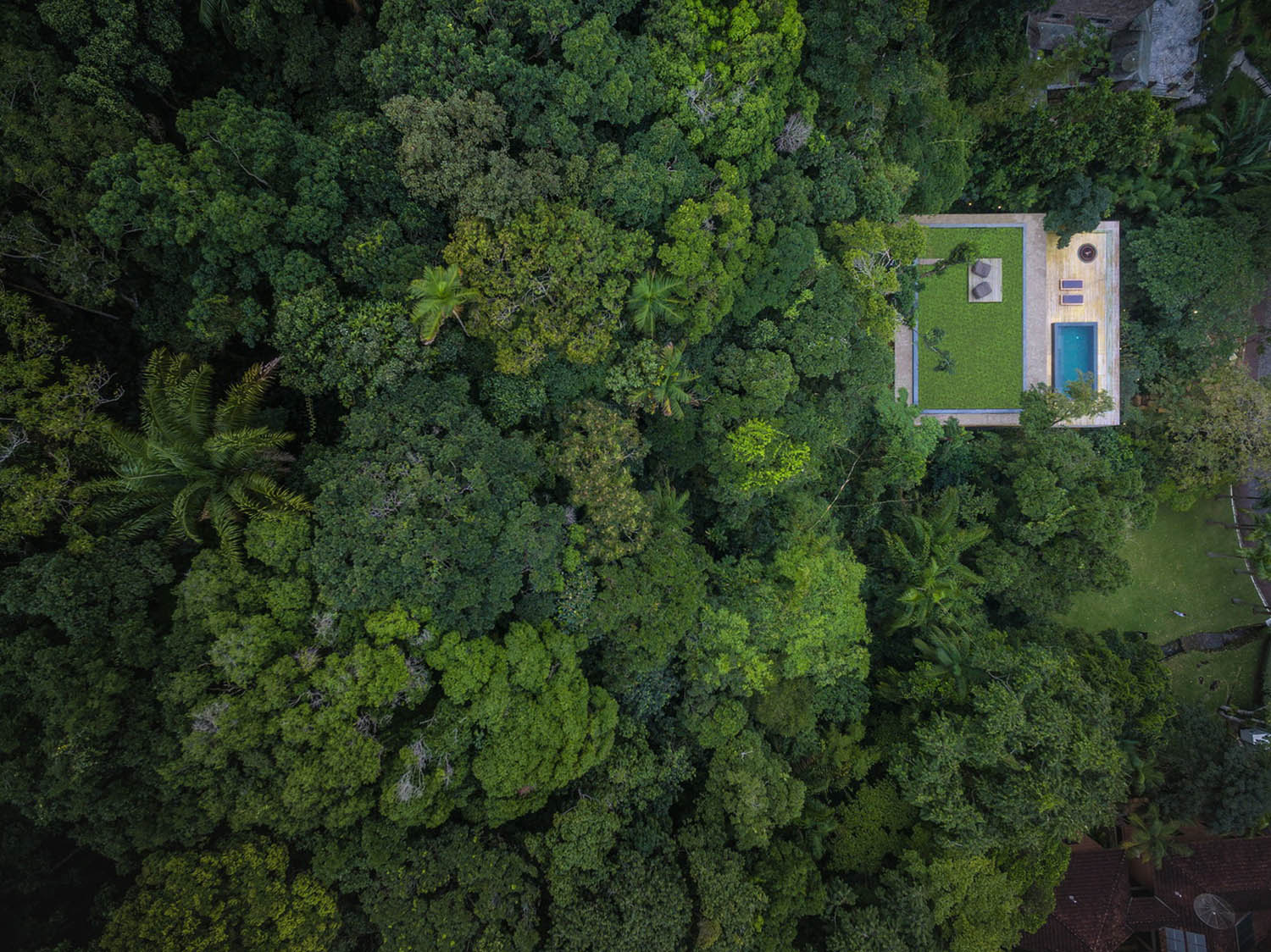Home Farm design by SPARK Architects #architecture

©Spark Architects/SPARK The Problem with Aging

©Spark Architects/SPARK The Problem with Aging

©Spark Architects/SPARK The Problem with Aging

©Spark Architects/SPARK The Problem with Aging

©Spark Architects/SPARK The Problem with Aging

©Spark Architects/SPARK The Problem with Aging

©Spark Architects/SPARK The Problem with Aging

©Spark Architects/SPARK The Problem with Aging

©Spark Architects/SPARK The Problem with Aging

©Spark Architects/SPARK The Problem with Aging

©Spark Architects/SPARK The Problem with Aging

©Spark Architects/SPARK The Problem with Aging

©Spark Architects/SPARK The Problem with Aging

©Spark Architects/SPARK The Problem with Aging
Architects: Spark Architects
Location: Singapore
Project Director: Stephen Pimbley
Design Team: Yun Wai Wing, Wenhui Lim, Chanachai Panichpattan, Ethan Hwang, Jay Panelo, Narelle Yabuka Year: 0
Photographs: SPARK The Problem with Aging
The aging process is occurring rapidly in Asia. Changes that occurred over 50 years in the West are being compressed into 20 to 30 years in Asia. The number of people aged 65 and above in Asia is expected to grow by 314% from 207 million in 2000 to 857 million in 2050. Singapore is no exception. Singapore’s median age has risen from 24.4 years in 1980 to 38.9 years in 2013. Life expectancy has jumped from 72.1 years in 1980 to 82.5 years in 2013. The median age is projected to keep increasing. Singapore’s age distribution is shifting significantly. In 1970, just 3.4% of the resident population was aged 65 and over. The proportion crossed the 10% mark during 2012-2013, and in 2014 it is 11.2%. Singapore’s old-age support ratio has dropped dramatically from 13.5:1 (20-64 year-olds per senior) in 1970 to around 4.8:1, and by 2030 the ratio is predicted to decline further to 2:1. The Problem with Food Security Singapore is one of just seven fully urbanized places – a city state without a hinterland. In the 1960s, 20,000 farms still occupied about a quarter of Singapore’s land area and produced vegetables, fruits, rubber, tobacco, spices and orchids. Pigs and poultry were reared. Farmers have since made way for infrastructure projects, housing and industry. Currently Singapore imports over 90% of its food. Singapore’s small agricultural sector produces primarily eggs, fish, poultry and vegetables. Ornamental fish and orchids are produced for export. Singapore’s high dependency on food imports makes food security a very prominent issue. The Singapore Government’s Agri-food and Veterinary Authority (AVA) has in place strategies for the diversification of food sources and (given the lack of space for traditional farmland) the boosting of the local production of leafy vegetables, fish and eggs through intensive agricultural technology. The Living Situation of Singapore’s Seniors It remains common for older people to live with their spouse and children only. However, there is a marked increasing trend for non-traditional living arrangements (the second-most common arrangement). Living alone is third-most common arrangement. Surveys reveal that Singapore’s seniors need more money. Many receive cash support from their children. The income sources of Singapore’s seniors are shifting, however. Fewer are taking cash from their children, and more are working – by need and by law. Slightly more than one in four of Singapore’s seniors encounter some degree of financial inadequacy. Chronic diseases are common among older Singaporeans, but they are fit and mobile. The most common medical conditions reported by seniors aged 55+ are high blood pressure and cholesterol, diabetes and arthritis. Outpatient treatment is common. The Singapore Government’s Strategy for an Aging Population Singapore’s Ministerial Committee on Aging (MCA) was established in 2007 to coordinate the Government’s response to an aging population. It has a vision of “Successful Aging,” to be achieved through the enhancement of participation, health and security for seniors. Its four key thrusts are:
-
Enhance employment and financial security
-
Enable aging-in-place (with a barrier-free environment and essential services in the community)
-
Provide holistic and affordable healthcare and eldercare
-
Promote active aging (to maintain physical and mental wellbeing and continue contributing to society)
The Home Farm Model Home Farm adapts a simple aquaponic system inspired by that which has been successfully used in Singapore by rooftop farming initiative ComCrop using off-the-shelf components. At Home Farm, aquaponics have been adapted for use on the building façade. Soil-based farming is proposed for linear planting beds at the highest levels, as well as the rooftops of facilities buildings. Jobs for seniors at Home Farm could include planting, harvesting, sorting, packing, tours, sales on site, delivery, cleaning, and so on. Possibilities for the remuneration of Home Farm’s resident workers could include: payment of salary, offsetting rental or utilities bills, offsetting healthcare costs at the on-site clinic, or free produce. Home Farm is imagined as a private rather than public entity, but one that is within the reach of seniors who encounter financial stress. The architecture has been conceived for economic construction using simple materials and modular parts. The concept offers multi-dimensional benefits related to economics, food security and quality, social engagement, health, sustainability, place making, and healthcare provision.
Source: Spark Architects
milimetdesign – Where the convergence of unique creatives
Since 2009. Copyright © 2023 Milimetdesign. All rights reserved. Contact: milimetdesign@milimet.com
































